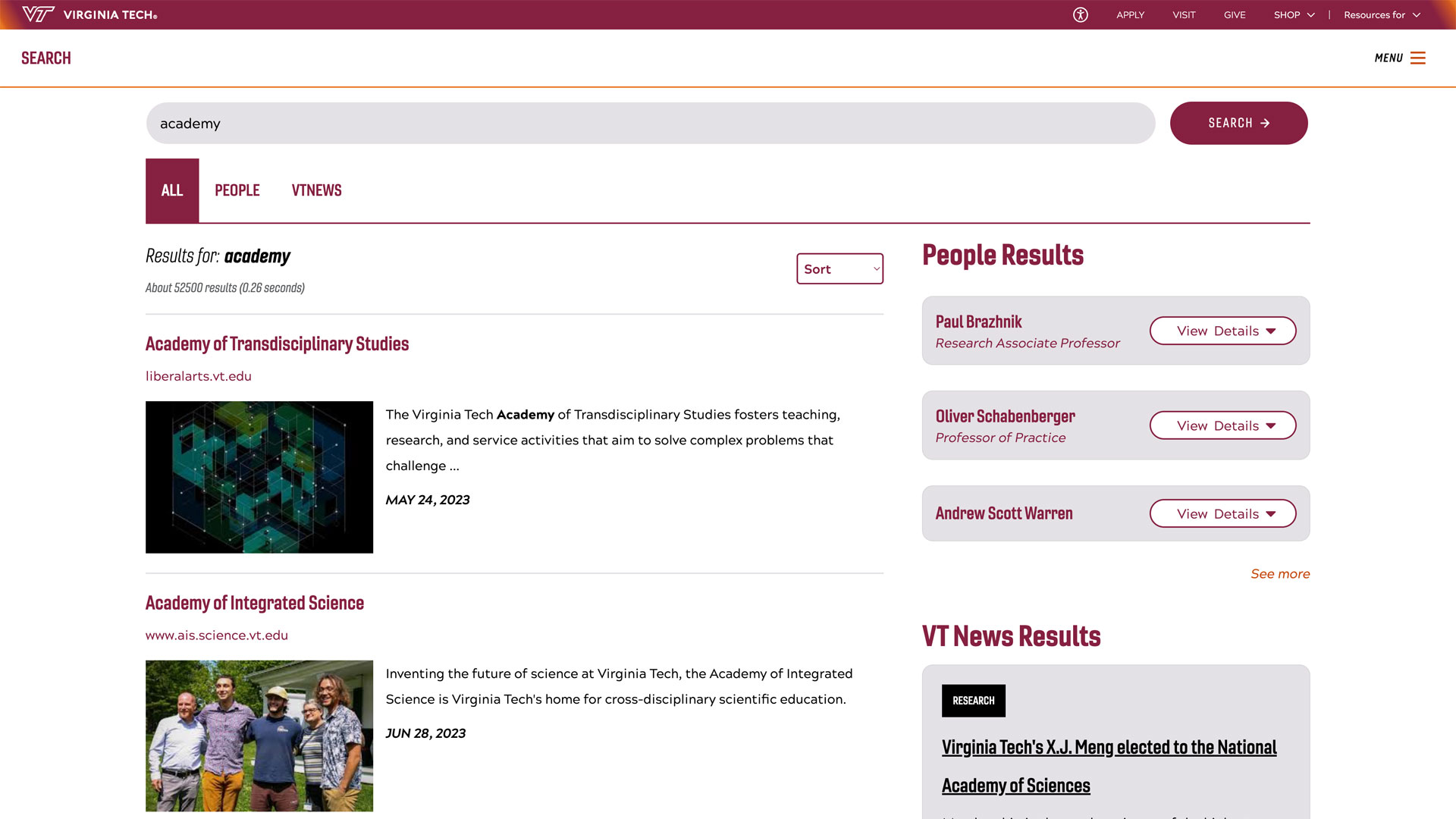Honors College projects to be showcased at Biennale Architettura 2025

In May, the Virginia Tech Honors College will present its students' and faculty's work at the prestigious Biennale Architettura 2025: 19th International Architecture Exhibition. The exhibitions, titled “unEarthed” and “Second Nature/PolliNATION,” are co-curated by faculty members Anne-Lise Velez and Enric Ruiz-Geli and embody the college's mission of fostering transdisciplinary collaboration, innovation, and global impact.
Participating in the Biennale Architettura 2025 places Virginia Tech students on one of the world’s most acclaimed stages for architectural innovation. Held every two years in Italy, the event is considered the Olympics of architecture, where top architects, designers, and institutions from around the globe present groundbreaking ideas and research.
“This opportunity highlights Virginia Tech’s commitment to cutting-edge transdisciplinary education while giving students international exposure and a platform to engage in critical conversations shaping the future," said Velez. “The college will exhibit student projects that represent a number of viewpoints, values, and aims, tying into the collective intelligence theme of the event.”
"unEarthed"
The “unEarthed” exhibition is inspired by the natural world, where underground root systems enable ecosystems to thrive. Similarly, the exhibition reveals the often-hidden processes of collaboration and discovery that drive meaningful innovation. Through this lens, “unEarthed” challenges traditional disciplinary silos, illustrating that addressing complex global challenges requires transdisciplinary approaches.
The exhibition reflects the vision of the Honors College and offers a transparent look into its pedagogical framework, where the dynamic interplay between disciplines generates new insights and prepares students to lead in diverse contexts, from local communities to global arenas.
By "un-earthing" these processes, the exhibition exposes the layers of collaboration and inquiry that shape impactful solutions, similiar to the Honors College's commitment to fostering leaders equipped to navigate complexity. The “unEarthed” exhibition will include Honors College student projects that exemplify these concepts.
“unEarthed” was named by Kevin Jones, a professor of practice and honors faculty member who also serves as design mentor and creative director alongside the students for the project.
"Second Nature/PolliNATION"
“Second Nature/PolliNATION” translates the ethos of “unEarthed” into an immersive, student-driven pavilion. This exhibition showcases how transdisciplinary design principles come alive in practice. The pavilion, crafted over multiple semesters by students from diverse fields, addresses the realities of climate change in Venice through sustainable and community-centered solutions.
The title “Second Nature” operates on dual levels. It envisions the pavilion as a "second nature" for Venice, reintroducing biodiversity and regenerative materials to the cityscape. Simultaneously, it emphasizes that sustainability should become second nature in our collective consciousness.
“We believe that taking steps to preserve and promote the health of our natural environment should be second nature to everyone. The pavilion will serve as a constant reminder to prioritize sustainability,” said Javier Mico-Crump, a student coordinating the project’s internal communications. “We also have a focus on leaving the garden better than we found it using pollination and mutation, hence the second part of the title.”
Students in the No Blue, No Green studio course, led by architect Ruiz-Geli, are responsible for the exhibition. The studio comprises a wide range of student disciplines, each of which is incorporated into the project in a process of transdisciplinary collaboration.
Every detail of the project aims for carbon neutrality. A timber-framed architectural structure anchors the pavilion, surrounded by a pollinator garden irrigated with atmospheric water. This regenerative design reflects the collaborative integration of disciplines, from architecture and industrial design to biology and communication.
Students have worked as professionals-in-training, collaborating with industry partners from various fields. USM Modular Furniture, a Swiss company that is providing modular systems for the exhibition, will offer mentorship, industry expertise, and insights that enhance students' understanding of real-world project development.
In October, Jon Thorson, CEO of USM North America, visited the Honors College to finalize the partnership and review students’ progress. During the visit, the students presented their work, showcasing drafts of architectural structures, predictive models, horticultural plans, and curated displays.
"The Honors College approach is unlike any educational model I’ve encountered," said Thorson. "It invites student participation and leadership into every collaboration. What I saw yesterday mirrors professional-level project development."
Exhibiting innovation
The “unEarthed” and “Second Nature/PolliNATION” exhibitions will feature projects spanning the Honors College’s diverse programs and courses, including:
- Second Nature/PolliNATION: No Blue, No Green
- Sustainability and Environmental Justice Frameworks
- Knowledge Unchained: Calhoun Honors Discovery Program
- Community Wealth Building: SuperStudio
- Chairs in the Air: Calhoun Honors Discovery Program
- Green New Deal: SuperStudio
- Cities and Social Change Honors Workshops
- Farm “Cobots”: Calhoun Honors Discovery Program
- Culture Sculptures: SuperStudio
- Hypnos (NASA): Calhoun Honors Discovery Program
- Agrivoltaics: SuperStudio
These projects, rooted in the Honors College’s commitment to transdisciplinary inquiry, exemplify the power of collaboration to address pressing global issues.
The exhibition will run for six months from May to November, with a staggered opening between May 7-10.




